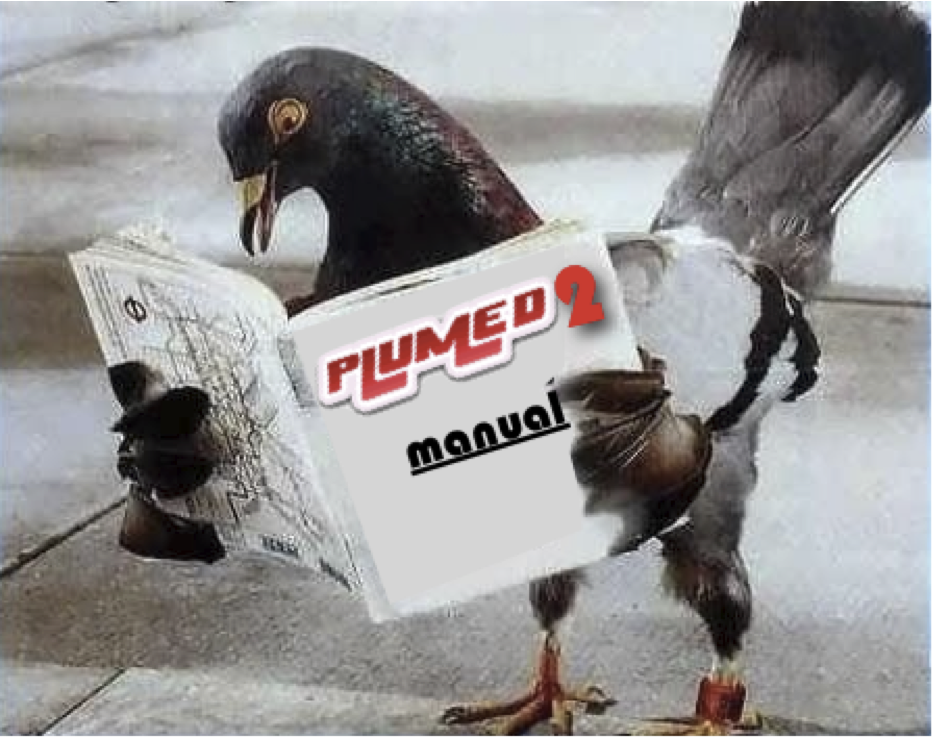Action: HBOND_MATRIX
| Module | adjmat |
|---|---|
| Description | Usage |
| Adjacency matrix in which two atoms are adjacent if there is a hydrogen bond between them. |   |
| output value | type |
| a matrix containing the weights for the bonds between each pair of atoms | matrix |
Output components
This action can calculate the values in the following table when the associated keyword is included in the input for the action. These values can be referenced elsewhere in the input by using this Action’s label followed by a dot and the name of the value required from the list below.
| Name | Type | Keyword | Description |
|---|---|---|---|
| w | matrix | COMPONENTS | a matrix containing the weights for the bonds between each pair of atoms |
| x | matrix | COMPONENTS | the projection of the bond on the x axis |
| y | matrix | COMPONENTS | the projection of the bond on the y axis |
| z | matrix | COMPONENTS | the projection of the bond on the z axis |
Input
The atoms that serve as the input for this action are specified using one or more of the keywords in the following table.
| Keyword | Type | Description |
|---|---|---|
| GROUP | atoms | the atoms for which you would like to calculate the adjacency matrix |
| GROUPA | atoms | when you are calculating the adjacency matrix between two sets of atoms this keyword is used to specify the atoms along with the keyword GROUPB |
| GROUPB | atoms | when you are calculating the adjacency matrix between two sets of atoms this keyword is used to specify the atoms along with the keyword GROUPA |
| ATOMS | atoms | the atoms for which you would like to calculate the adjacency matrix |
| DONORS | atoms | The list of atoms which can donate a hydrogen bond |
| ACCEPTORS | atoms | The list of atoms which can accept a hydrogen bond |
| HYDROGENS | atoms | The list of atoms that can form the bridge between the two interesting parts of the structure |
Further details and examples
Text from manual goes here
References
More information about how this action can be used is available in the following articles:
Syntax
The following table describes the keywords and options that can be used with this action
| Keyword | Type | Default | Description |
|---|---|---|---|
| GROUP | input | none | the atoms for which you would like to calculate the adjacency matrix |
| GROUPA | input | none | when you are calculating the adjacency matrix between two sets of atoms this keyword is used to specify the atoms along with the keyword GROUPB |
| GROUPB | input | none | when you are calculating the adjacency matrix between two sets of atoms this keyword is used to specify the atoms along with the keyword GROUPA |
| ATOMS | input | none | the atoms for which you would like to calculate the adjacency matrix |
| DONORS | input | none | The list of atoms which can donate a hydrogen bond |
| ACCEPTORS | input | none | The list of atoms which can accept a hydrogen bond |
| HYDROGENS | input | none | The list of atoms that can form the bridge between the two interesting parts of the structure |
| NL_CUTOFF | compulsory | 0.0 | The cutoff for the neighbor list |
| NL_STRIDE | compulsory | 1 | The frequency with which we are updating the atoms in the neighbor list |
| SERIAL | optional | false | do the calculation in serial |
| COMPONENTS | optional | false | also calculate the components of the vectors connecting the atoms in the contact matrix |
| NOPBC | optional | false | don’t use pbc |
| SWITCH | optional | not used | The switchingfunction that specifies how close a pair of atoms must be together for there to be a hydrogen bond between them. Options for this keyword are explained in the documentation for LESS_THAN. |
| HSWITCH | optional | not used | The switchingfunction that specifies how close the hydrogen must be to the donor atom of the hydrogen bond for it to be considered a hydrogen bond. Options for this keyword are explained in the documentation for LESS_THAN. |
| ASWITCH | optional | not used | A switchingfunction that is used to specify what the angle between the vector connecting the donor atom to the acceptor atom and the vector connecting the donor atom to the hydrogen must be in order for it considered to be a hydrogen bond. Options for this keyword are explained in the documentation for LESS_THAN. |
